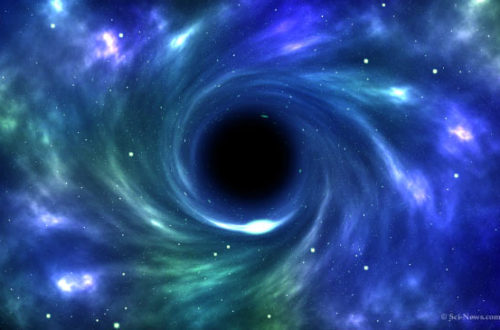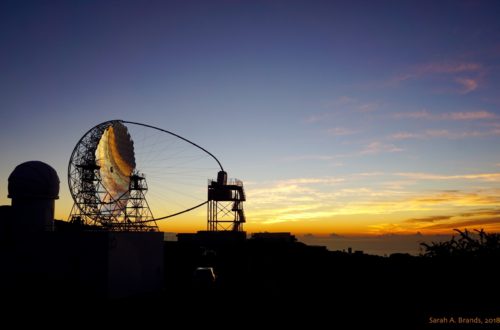Black hole X-ray binaries are systems in which a stellar-mass black hole ‘feeds’ on (accretes) gas from a companion star. Gas from the star swirls around the black hole, forming an accretion disk. The accretion disk shines brightly at X-ray frequencies and black hole X-ray binaries are some of the brightest X-ray emitting sources observed in our galaxy.
Black hole X-ray binaries (BHXRBs) have been observed to cycle between different ‘accretion states’. These accretion states are associated with different emission and outflow properties— Some accretion states are associated with very bright X-ray emission, while others display weak X-ray emission. In some accretion states weak outflows are driven from the disk in the form of winds. In other states powerful outflows are launched from the inner regions of the disk in the form of highly focused, fast-moving jets.

BHXRBs transition between the accretion states on timescales of weeks/months. These short timescales mean that we can directly observe BHXRBs changing state. It is thought that the supermassive black holes residing at the centres of most galaxies also transition between the accretion states, but on much longer timescales that span millions to billions of years. Studying BHXRBs will therefore also provide insight into the nature of the accretion flows around supermassive black holes.
What shape does the accretion disk have? — Is the disk thick or thin? How close is the innermost region of the disk to the black hole? How do the properties and shape of the accretion disk change between the various accretion states? How is the shape of the disk related to the launch of jets and winds? What physical mechanisms cause the state transitions? These questions currently remain unanswered and are the subject of ongoing research for both BHXRBs and supermassive black holes.
NICER (Neutron star Interior Composition Explorer) is an X-ray observatory that was installed on the International Space Station in 2017. Though NICER was originally designed to study neutron stars, it has proved exceptionally useful for studying BHXRBs and is helping us to start answering some of the questions listed above.
The unprecedented high sensitivity and spectral resolution of NICER are enabling us to observe the intense X-ray emission from the innermost regions of the accretion disks in BHXRBs. Observing this emission will enable us to map the shape of the inner regions of the disk and understand how powerful jet outflows are launched.

BHXRBs however are not only associated with X-ray emission, they emit radiation at different frequencies too. For example, the fast-moving jets launched from the inner regions of the accretion disk emit strongly at radio frequencies. To get a full picture of what happens when BHXRBs change accretion state we don’t just need X-ray observations, we also need to observe BHXRBs at radio, optical, and near-infrared frequencies…simultaneously (or as close to simultaneously as we can get!) These ‘multi-frequency’ observations require numerous ground and space-based observatories, each observing at different frequencies, to point towards the same BHXRB at roughly the same time. This must be done fast enough that all the observatories catch the period in which the BHXRB transitions to its next accretion state.
But that’s not all…we also need theoretical models and simulations in order to understand the physical mechanisms that cause the state transitions and the launch of outflows.
I run General Relativistic Magneto-hydrodynamic (GRMHD) simulations in order to model the accretion disk around a BHXRB stellar-mass black hole. My goals are to (1) investigate how the properties and shape of the accretion disk change between the different accretion states and (2) explore the precise physical processes in the disk that drive the state changes. I use the state of the art GPU-accelerated GRMHD code H-AMR (Liska et al. 2018) to run the simulations. H-AMR was developed by Matthew Liska during his PhD at the University of Amsterdam and is currently the world’s fastest GRMHD code! With H-AMR we are able to simulate accretion disks for longer evolutionary periods than those previously simulated. By comparing the simulation data to observational data, I explore the complex physical processes at work when a black hole devours a star.



